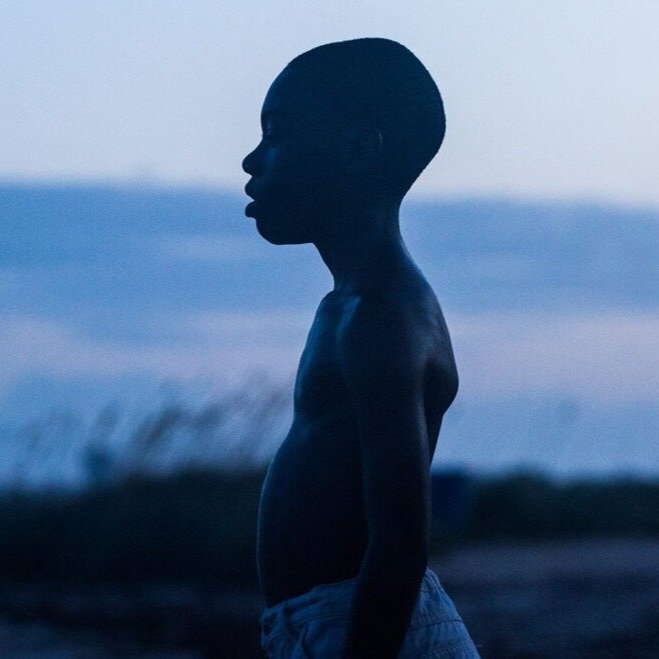Queer love is intimate, hilarious, and real in Feel Good Season 2
If you haven’t seen Feel Good, let me put you on to Netflix’s most chronically underrated series: an LGBTQ+ dark comedy about gender identity, addiction, and love. Canadian comedian Mae Martin writes and stars in the semi-autobiographical tale. The show’s cynical, self-aware humor mirrors that of Fleabag, and it similarly spans two seasons, each containing six perfectly packaged episodes. While the second season, released this year in June, falters on the comedic front in favor of a bolder, darker storyline, you’re certain to fall in love all over again with the complex characters and genuine relationships Martin so beautifully curates.
As a refresher, season one sets up a whirlwind romance between standup comedian and recovering addict Mae (Mae Martin), and charming, confident George (Charlotte Ritchie), who has previously only dated men and resists coming out to her friends. The season explores how George’s flippancy toward hiding Mae from her world and Mae’s addictive nature harm their relationship. There are moments when we’re inclined to hate how self-destructive they are, and yet their magnetic chemistry and shared moments of vulnerability keep us rooting for them. Season one also sets up Mae’s exploration of gender: they get jealous and insecure of George’s male celebrity crush, consider the label of trans in a standup set, and, in a vulnerable scene that hints at body dysmorphia, stand alone naked in front of George’s mirror and try on her dress.
Unfortunately some of the key comedic moments that make the first season so good disappear in the second. George’s quirky roommate Phil (a knockoff of Broad City’s Bevers), who serves as comedic relief in the first season, gets too much screen time in the second with an odd estranged father plot. Mae’s eccentric Narcotics Anonymous group doesn’t even get a mention, and is replaced by her short-lived rehab roommate, whose grand moment is peeing to disrupt a group session.
Faults aside, Martin continues to shine in season 2 as the eponymous self-aware protagonist, delivering hilarious bouts of stream-of-consciousness like it’s standup. Martin is again flanked by an excellent cast. Lisa Kudrow returns to put on a wonderfully peculiar performance as Mae’s frank and detached mother. Ritchie plays a frenzied George, who, in effort to find her true, passionate self, develops a hyper fixation on saving the bees. The funniest bit of the season is a string of scenes where George and Mae engage in ridiculous sexual role-play scenarios to avoid addressing their relationship woes.
In season two, Martin centers the discussions of gender identity set up in season one (Martin openly identifies as nonbinary). Mae jokes a lot about gender identity but craves the validation of others before candidly talking about it or ascribing to a label, and this insecurity fuels Mae’s self-deprecating, existential quips. “I’m not a lady,” they say in one scene, “I’m an anemic scarecrow.” Early on in the season, Mae tells an old friend that they’ve abandoned female labels but only in favor of “kinda like an Adam Driver.” It’s hysterical since Mae is petite and platinum blonde, a far cry from Driver’s machismo. It also serves as a reflection of their insecurity. Martin’s humor is unique in that it never undermines the show’s real and often heavy themes. Instead, it bolsters them.
Feel Good’s handling of Mae’s gender identity is honest and tender, and feels all the more genuine because the show also doubled as a sort of public coming-out for Mae Martin themself. Mae even candidly asks George if she sees them as a boy or a girl, to which George perfectly replies that it’s up to Mae: “Tell me the right words, and I’ll use them.” It’s a lovely reminder for both Mae and the viewer that figuring out your identity is a personal journey, and George demonstrates how far she’s come in embracing all the facets of her queer relationship.
What I love most about George and Mae in season two is that our attention is never held by a cheap allure of “will-they-won’t-they.” It focuses less on whether they’ll end up together and more on how they’ll stay together despite the obstacles presented by their codependency, insecurities, and a particularly traumatic part of Mae’s teenage years that begins to surface. It’s refreshing that Mae and George don’t make huge sacrifices in pursuit of a healthier relationship, but instead they learn when to put themselves first, and we get to watch them become genuinely better partners in the process.
Though the series ends on a slightly underwhelming note, with some loose ends and frustrating resolutions, there’s so much it does right. The show is only influenced by Martin’s own life, but the vulnerability and earnestness of the writing balances the hilarity of even the most offbeat characters and storylines with emotional poignancy, making us feel as if we’re getting a glimpse into Martin’s diary. It’s a quick watch — I finished season two in a single sitting — but you’ll love how quickly you feel intimately connected to Mae’s story.
Feel Good is available for streaming on Netflix.
More Articles by Hayley Sussman
Popular Reviews
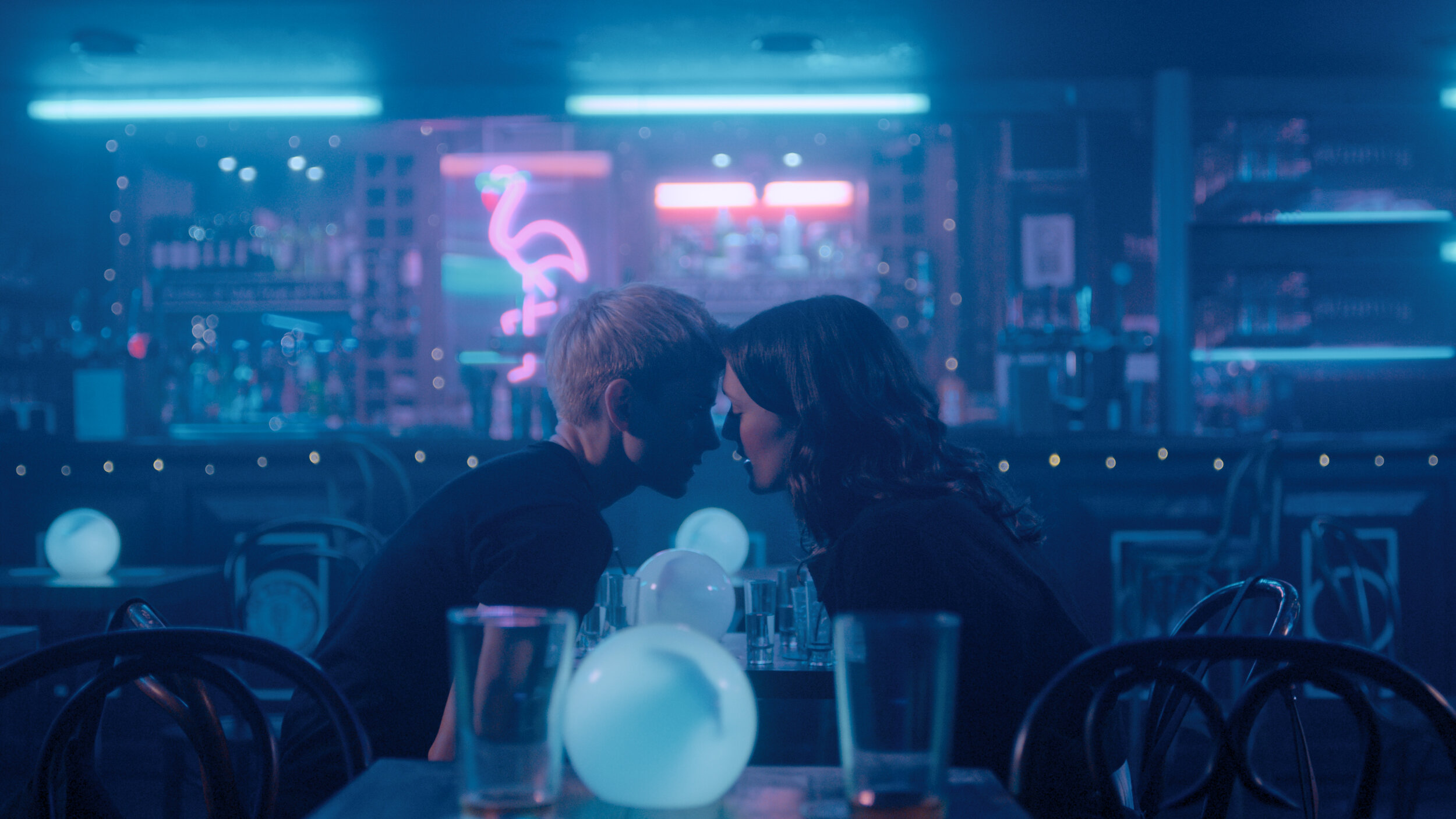
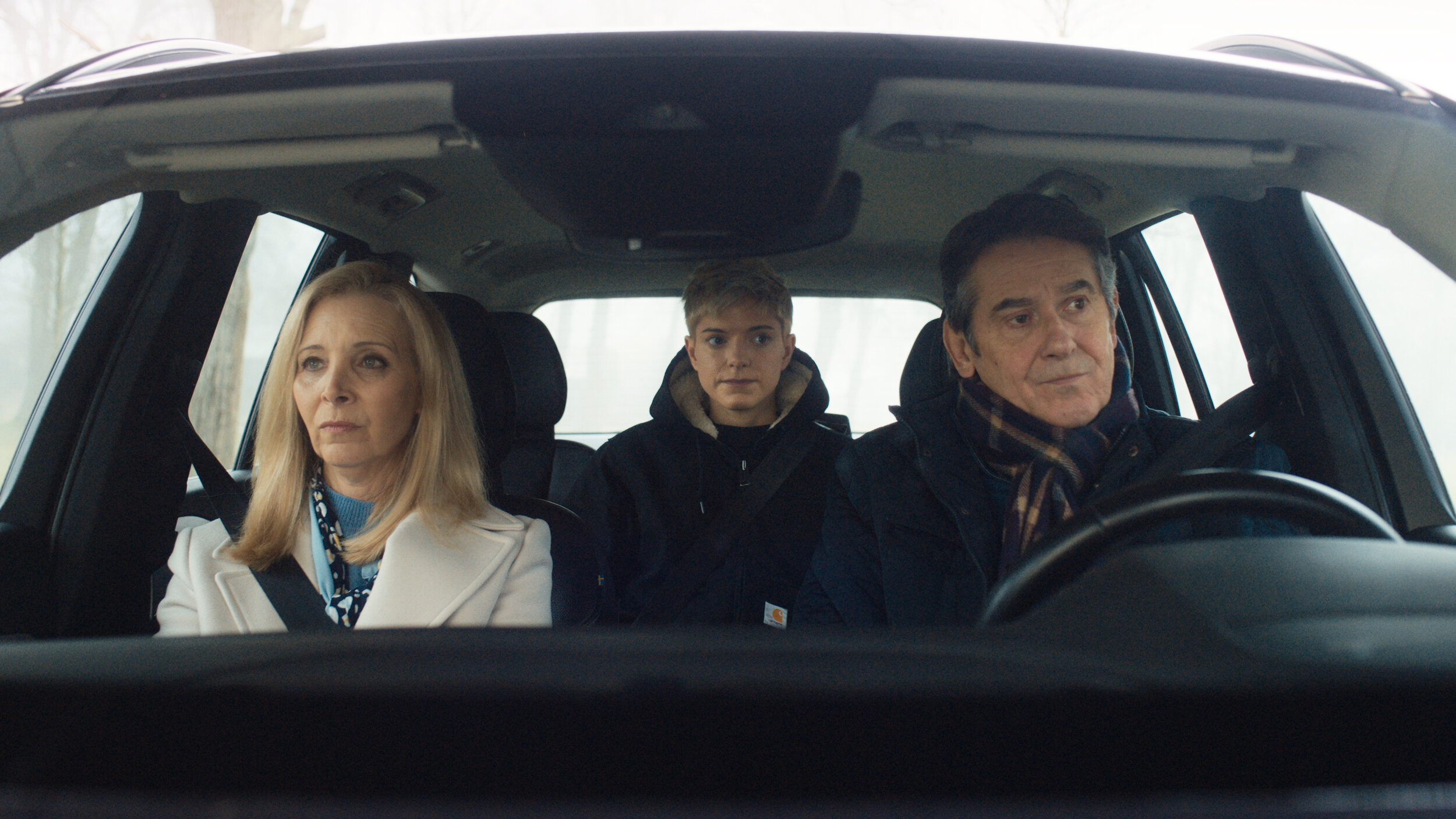
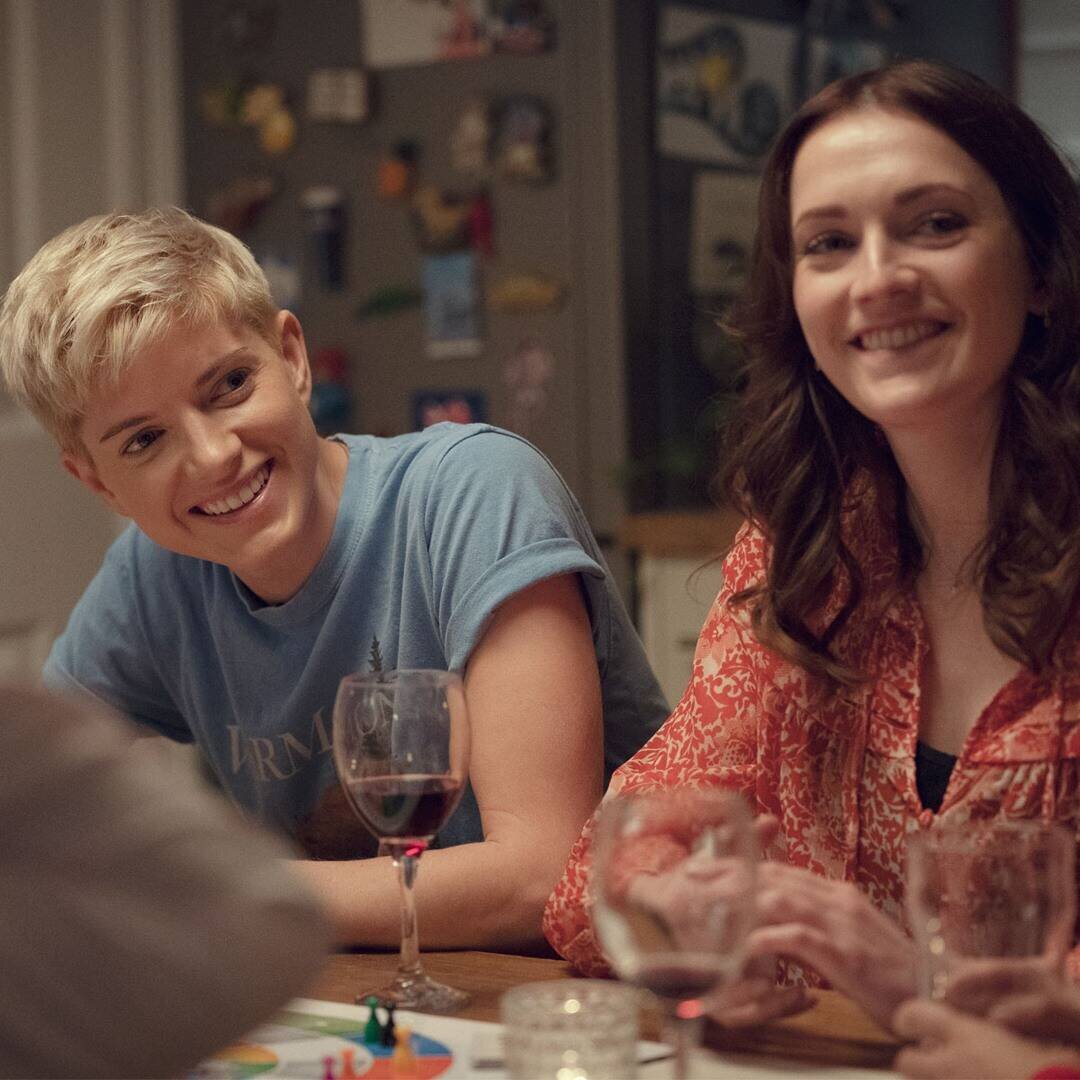

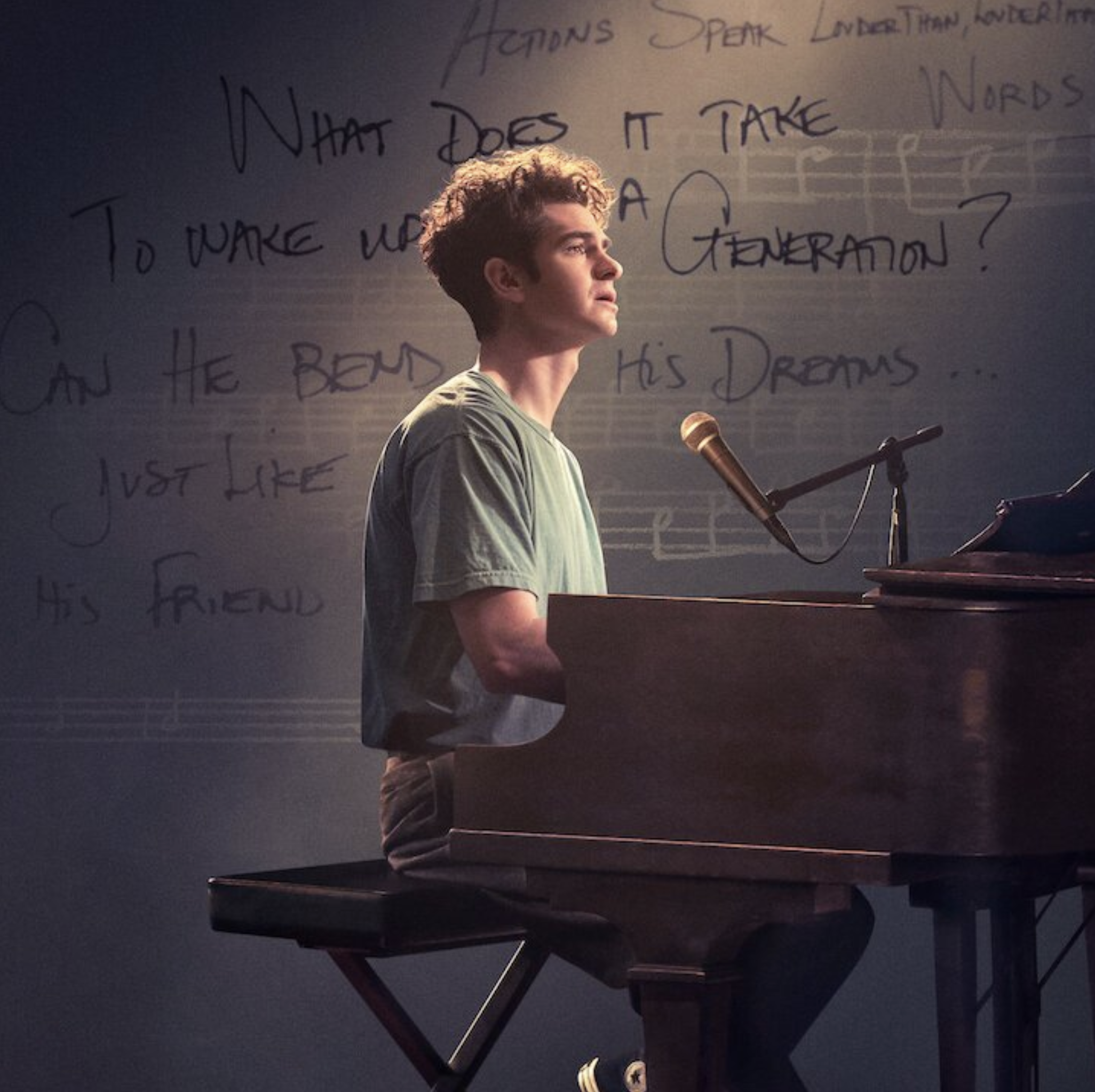







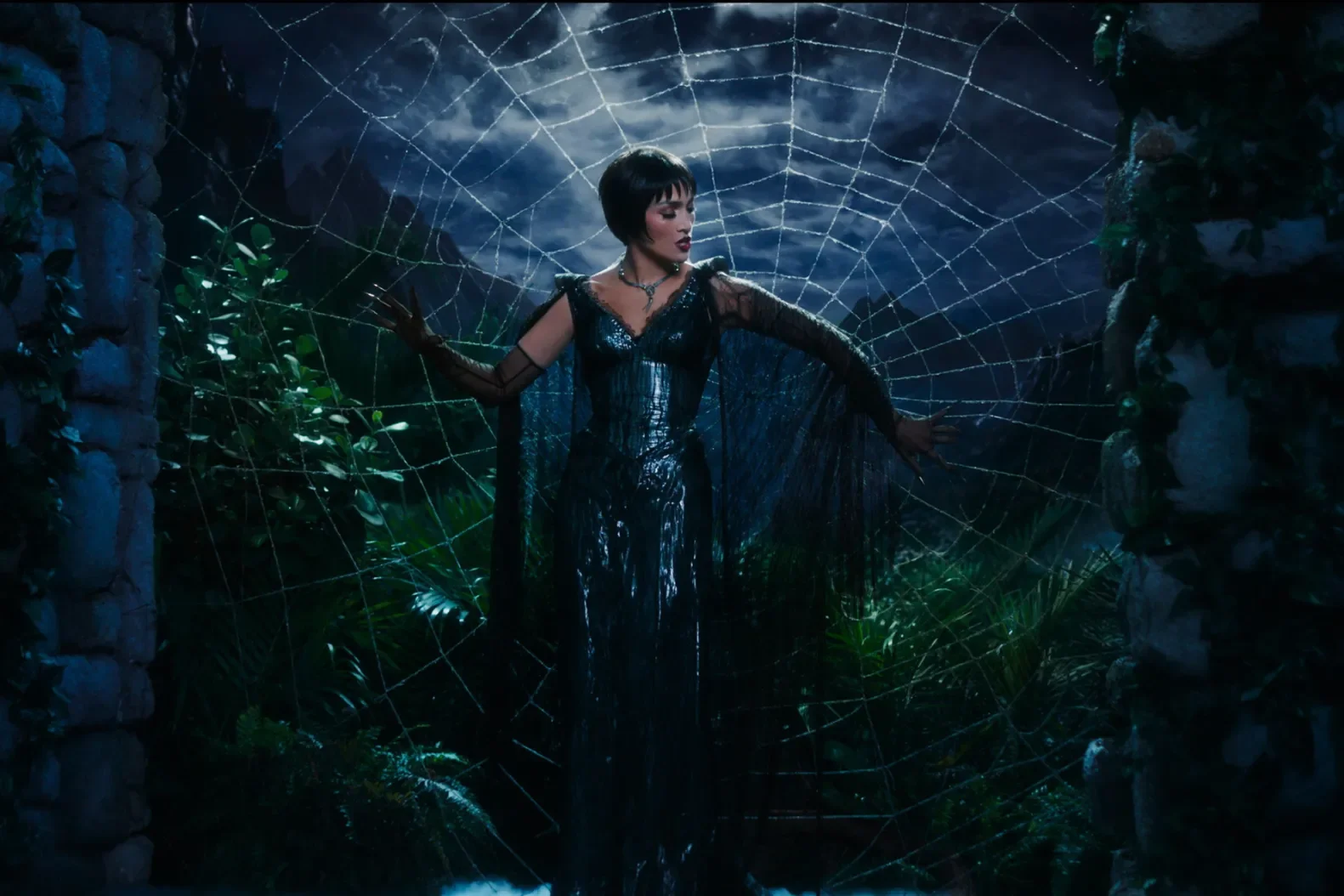
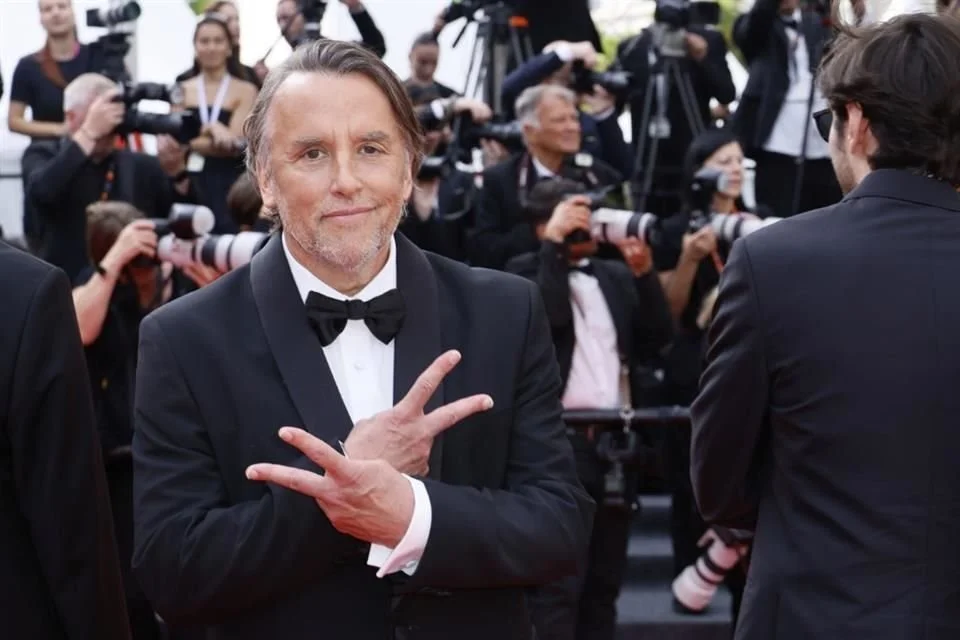


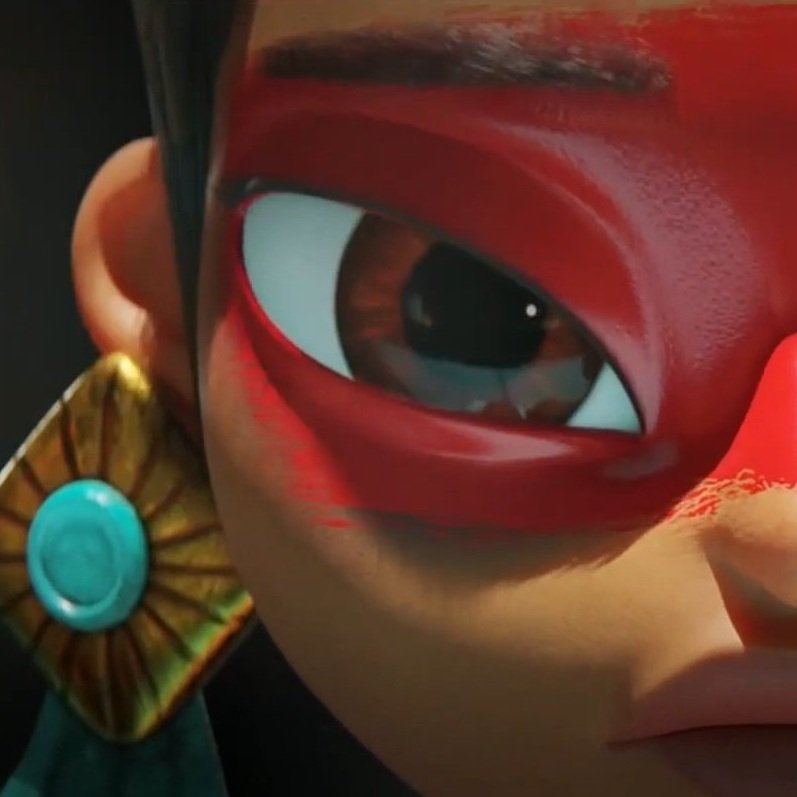

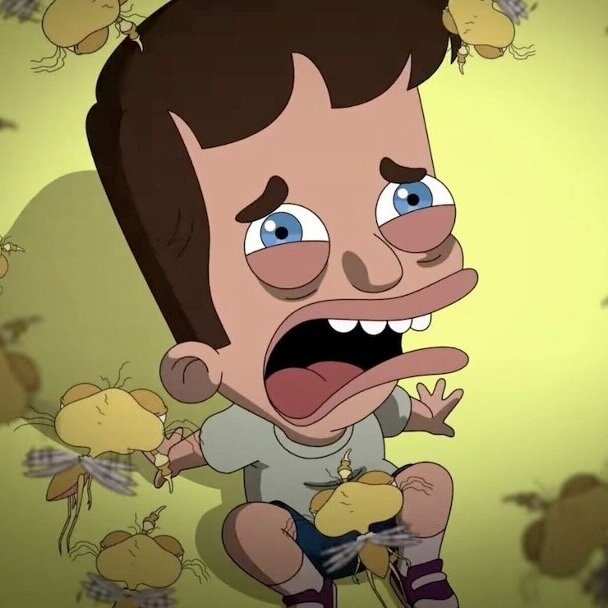
![Three Essential Black Mirror Episodes for New Viewers [SPOILERS]](https://images.squarespace-cdn.com/content/v1/608d9ef497633c6b6eb71caf/1620754679358-1W0DAR492IZLWOAV28J9/a27d24_dbbb6890773a4d818a88751169d459e6_mv2.jpg)
![Rethinking ‘Uncut Gems:’ A Movie That Gets Better on Rewatch [SPOILERS]](https://images.squarespace-cdn.com/content/v1/608d9ef497633c6b6eb71caf/1620754008534-CPIHLH71DT1V6PC7NSEE/MMVF3C6F7B2D924CE182A5D94FB51C9853AC.jpg)
